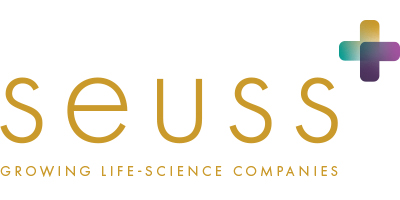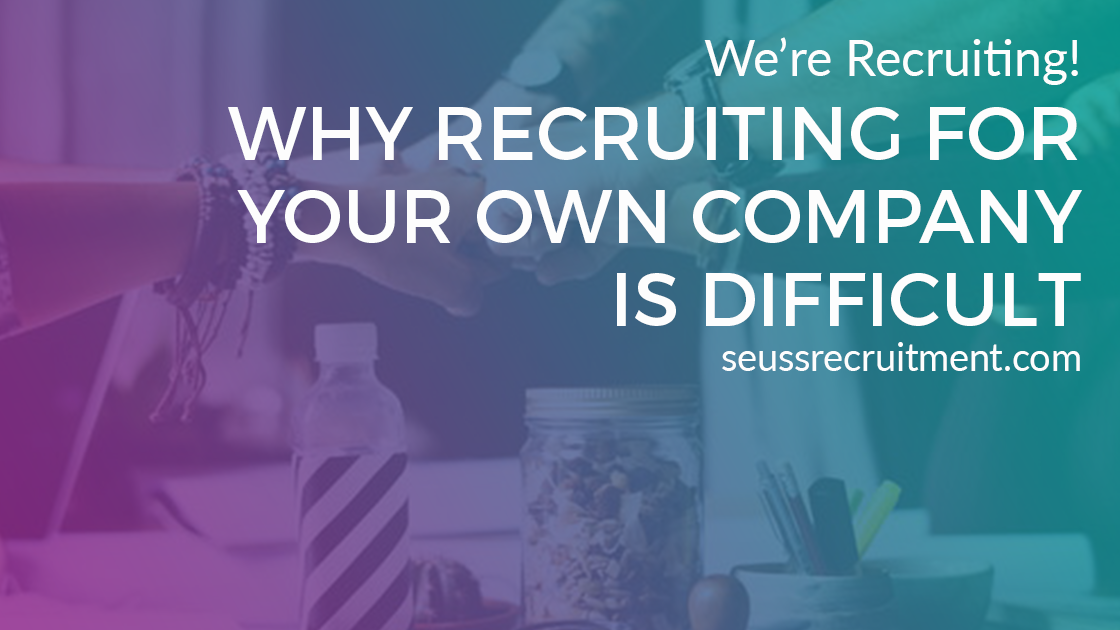Why Panic Hires Are Dangerous Business (and How to Avoid Them)
What’s a Panic Hire?
It’s someone you hire because you feel that you just need to have someone right now; the work won’t get done as long as the position is vacant. So you rush, stampeding through the hiring process, ignoring that niggling prick of intuition telling you this person might not be the right fit.
The volatile nature of the life-sciences clinical-research industry (not to mention the volatile nature of human beings) and the sudden stops and starts of the typical trial process basically guarantees that you will abruptly lose key team members and need to fill positions quickly. When a key player exits the team, it seems impossible to progress without finding someone to fill that role first. You go in wanting a carbon copy (or better) of the person who used to do the job, so you convince yourself that you’ve found it. In the back of your mind, though, you might know you’ve settled for someone “good enough”…a doubt that can grow into regret if you find they are not even that. Or just simply not the right match for your company culture.
Then what do you do? Fire them? That can be costly, and now you’re back to square one. Just a little more demoralized (which isn’t great for the next person you bring on either). However, sometimes letting the wrong match go is the best outcome you can hope for. All in all, it’s not a pretty situation.
So, don’t panic when you need to hire. Yeah, easy to say – but we have a few tips to help you make sure you don’t!


How Not to Panic
As career matchmakers in the pharma-recruitment industry, we definitely understand the pressure to fill a role. Often pharmaceutical recruiters are asked to just “put bums in seats” and not focus on personality and fit with the company’s way of life. We’ve made these mistakes ourselves in the past (all part of the learning process). So we want to help you avoid them and escape the panic-hire trap. Through our experiences, we’ve gathered up six tips to pass on to make sure you don’t let the panic set in in the next hiring crunch…
1) Know your company and understand its culture.
What’s it like to work there? For example, a start-up biotech might have a culture where it’s important to focus on innovation and people have to wear lots of hats. Meanwhile, a small- to mid-size CRO may have a very customer-oriented culture and a fast-paced environment, and a larger pharmaceutical company might have a culture that emphasizes stability and prestige. Many candidates will thrive in one culture yet whither in another.
2) Ask yourself what type of person you really need.
Keep this company culture and other specific business needs in mind. If you are a start-up biotech, for instance, make sure you hire innovative (and innovation-oriented) people who enjoy taking on a variety of roles and can be successful in an environment where processes are not always perfectly organized. If you’re a CRO that values a high level of customer service and has a fast-paced working environment, make sure you are looking for people who have the same values and thrive in that particular setting. Needless to say, if you are a large pharma leader, there are definitely individuals who will respond to that strong brand name and feel more comfortable in a more established, slightly more formal setting.
3) Interview face to face whenever possible.
Of course a phone or (better) Skype call is fine for a screening or first interview, especially if there’s distance involved, but meeting face to face (ideally at your company) is critical before making any final hiring decisions. This will really give you a strong impression of that person and a better idea of whether they fit into your company and complement your team. This also gives the candidate the opportunity to honestly evaluate the fit for themselves as well – how they respond to seeing your team actually at work might surprise you, sometimes in good ways, sometimes not.
4) Introduce promising candidates to the team.
Before any final decisions are made, it’s important to see if a person will “gel” with their new team. Assuming you already have a great team (we’re here to help if you don’t!) this can be a big selling point in getting the right person to take the job. This also gives you a chance to get feedback on the candidate from the rest of the team, helping you build a fuller picture of the person in front of you and how they might mesh with the people they would work with. To do their best work, the team has to enjoy working together.
5) Be honest.
Be honest with the candidate about what the company is like and what the role entails. Describe the challenges, including any specific areas with which their predecessor struggled. Of course there is always an element of “sales” (on both sides), but be clear about your expectations and the working conditions. You want someone who will thrive in the reality of the company culture and work style, not theoretically thrive in some idealized version you’ve presented to get them to say yes.
6) Trust your gut.
You can usually feel when someone is not the right fit. As one of our clients puts it, “We want to hire someone we are excited about.” We think this is the right approach. Find a person who truly excites you!
Yes, finding the right person does take time. Yes it does cost energy. But the cost of hiring the wrong person is much higher as there are many downstream consequences and costs.
Repeat this mantra after us (and trust us, we do still need to repeat this from time to time!): No more panic hires.
We strongly encourage pharma, biotech and CRO employers to not engage in panic hiring. Instead call Seuss Recruitment at +31(0) 20 29 00 016 or email us at: talktous@seussrecruitment.com to explore how we can quickly hire the best professionals for your team.

 Should You Join a Biotech Start-Up?
Should You Join a Biotech Start-Up?
 Hire for Attitude, Train for Skill
Hire for Attitude, Train for Skill
 How to Find Out When Life-Science Job Candidates Are Lying
How to Find Out When Life-Science Job Candidates Are Lying
 Keeping it Real: How (and Why) to Be Authentic in Job Interviews
Keeping it Real: How (and Why) to Be Authentic in Job Interviews
 Why recruiting for your own company is difficult
Why recruiting for your own company is difficult